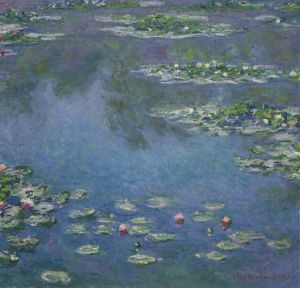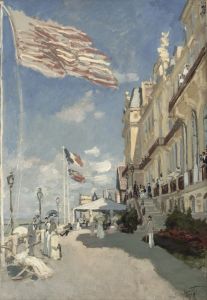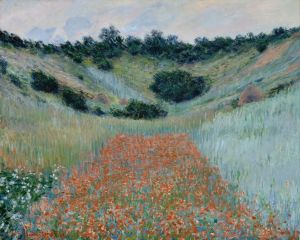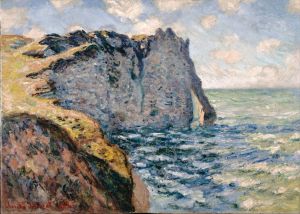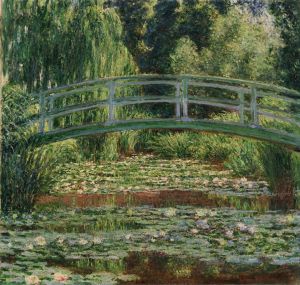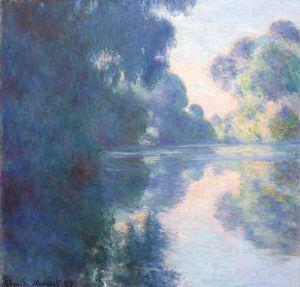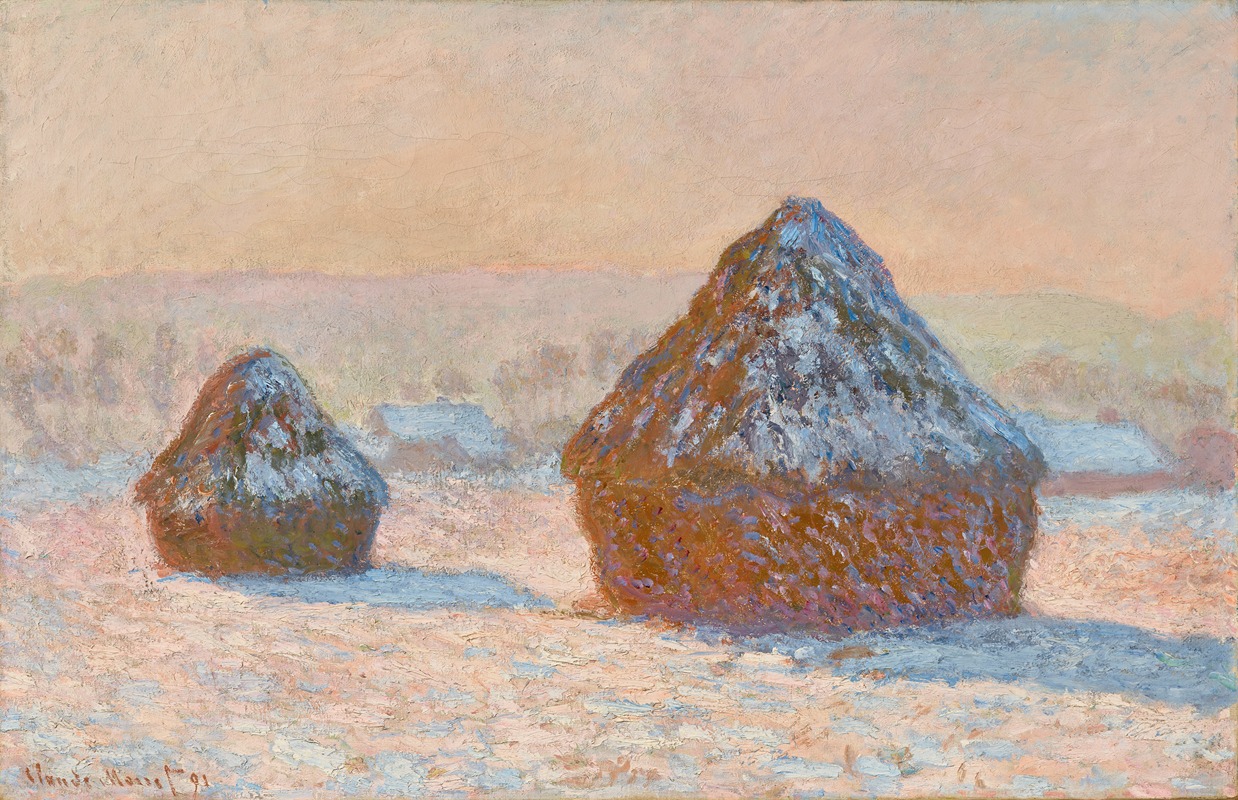
Wheatstacks, Snow Effect, Morning
A hand-painted replica of Claude Monet’s masterpiece Wheatstacks, Snow Effect, Morning, meticulously crafted by professional artists to capture the true essence of the original. Each piece is created with museum-quality canvas and rare mineral pigments, carefully painted by experienced artists with delicate brushstrokes and rich, layered colors to perfectly recreate the texture of the original artwork. Unlike machine-printed reproductions, this hand-painted version brings the painting to life, infused with the artist’s emotions and skill in every stroke. Whether for personal collection or home decoration, it instantly elevates the artistic atmosphere of any space.
"Wheatstacks, Snow Effect, Morning" is a painting by the renowned French Impressionist artist Claude Monet. Created in 1891, this work is part of Monet's famous "Haystacks" series, which consists of approximately 25 paintings. These paintings are celebrated for their exploration of light, color, and seasonal changes, capturing the same subject under varying conditions.
Monet's "Haystacks" series was painted during the late 19th century, a period when he was living in Giverny, a village in northern France. The series focuses on stacks of harvested wheat, a common sight in the rural landscape surrounding Monet's home. The specific painting "Wheatstacks, Snow Effect, Morning" depicts the haystacks covered in snow, illuminated by the morning light. This particular work exemplifies Monet's interest in capturing the transient effects of light and atmosphere.
Monet's approach to the "Haystacks" series was innovative for its time. Rather than depicting a single moment, he painted the same subject repeatedly, observing how it changed with the time of day, weather, and season. This method allowed Monet to explore the nuances of light and color, which are central themes in Impressionism. In "Wheatstacks, Snow Effect, Morning," the snow-covered stacks are bathed in soft morning light, creating a serene and tranquil scene. The use of color is subtle yet effective, with cool blues and purples contrasting with the warm tones of the wheat.
The "Haystacks" series, including "Wheatstacks, Snow Effect, Morning," was well-received by critics and collectors alike. Monet's innovative approach to capturing light and atmosphere was seen as a significant contribution to the Impressionist movement. The series was exhibited in 1891 at the Galerie Durand-Ruel in Paris, where it garnered considerable attention and praise. This exhibition helped to solidify Monet's reputation as a leading figure in the Impressionist movement.
Monet's fascination with light and its effects on the landscape is evident in "Wheatstacks, Snow Effect, Morning." The painting demonstrates his mastery of color and brushwork, with loose, expressive strokes that convey the texture of the snow and the solidity of the haystacks. The composition is carefully balanced, with the haystacks positioned in the foreground against a backdrop of open sky and distant trees.
Today, "Wheatstacks, Snow Effect, Morning" is held in high regard as an exemplary work of Impressionism. It is part of the collection at the Art Institute of Chicago, where it continues to be admired by visitors from around the world. The painting is a testament to Monet's ability to transform ordinary rural scenes into extraordinary studies of light and color.
Monet's "Haystacks" series, including "Wheatstacks, Snow Effect, Morning," remains influential in the art world. It has inspired countless artists to explore the effects of light and atmosphere in their own work. Monet's dedication to capturing the ephemeral qualities of nature has left a lasting legacy, making "Wheatstacks, Snow Effect, Morning" a significant piece in the history of art.










